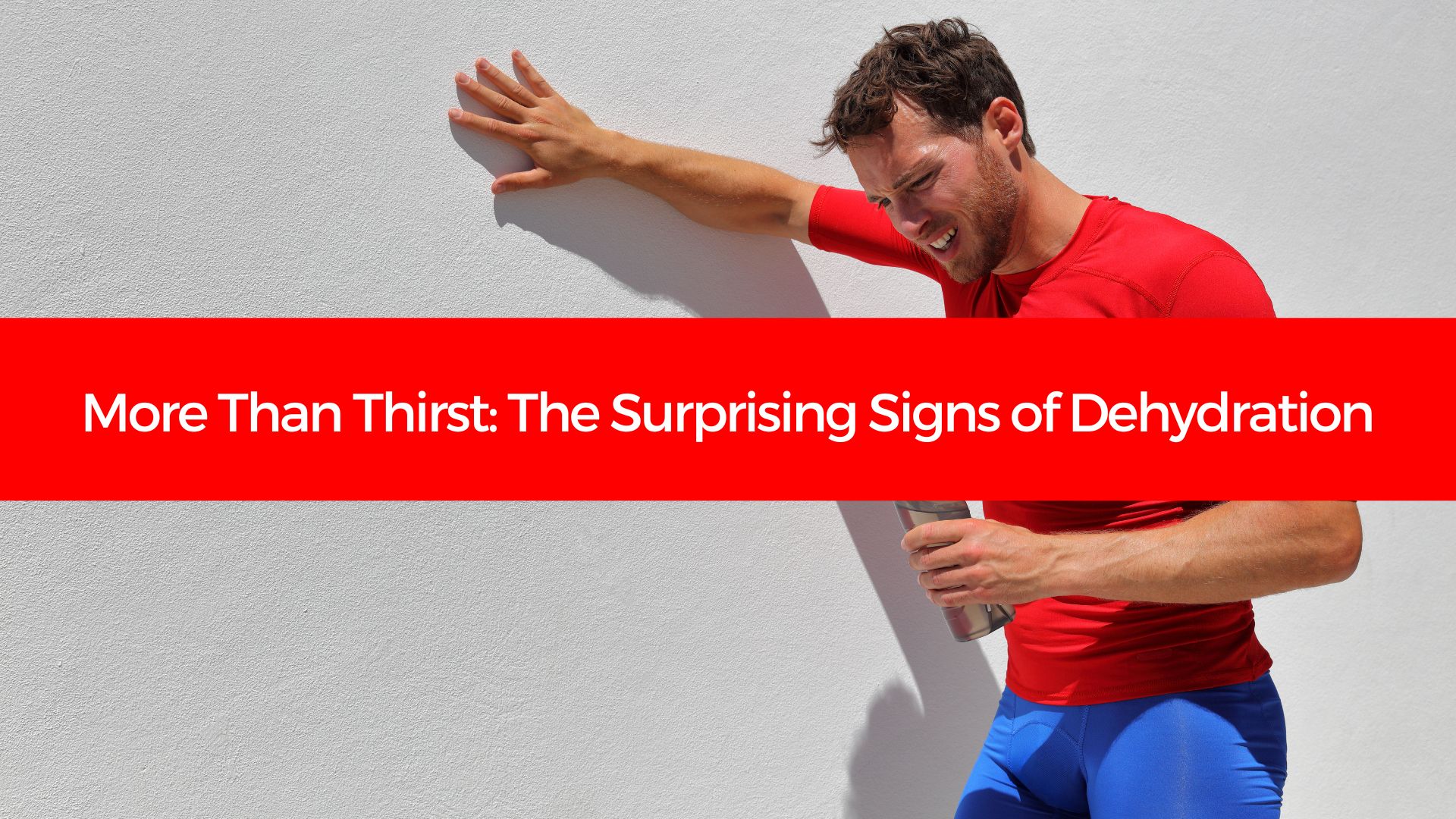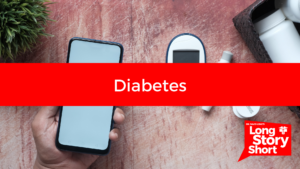The Heat Is No Joke—And Neither Is Dehydration
When we think of dehydration, most of us picture intense thirst and dry mouths. But the truth? Dehydration shows up in much sneakier ways.
In this summer heat—especially during July and August—your body is losing more water than usual just trying to stay cool. And if you’re not intentionally replacing it, things can spiral quickly.
Sneaky Signs of Dehydration in Adults
You may not feel parched, but your body could still be waving a red flag. Watch for these early symptoms:
- Dry mouth or cracked lips
- Headache or trouble concentrating
- Dizziness or lightheadedness
- Muscle cramps
- Fatigue or sluggishness
- Dark yellow urine (or less frequent urination)
If you’ve been outside, sweating, drinking caffeine, or just skipping water throughout the day, you could be more dehydrated than you realize.
What to Do (Hint: It’s More Than “Drink Water”)
-Rehydrate Intentionally:
Don’t wait until you’re thirsty—by then, you’re already behind. Drink water throughout the day, and aim to replace electrolytes if you’ve been sweating heavily. Sports drinks, electrolyte tablets, or coconut water can help.
-Eat Your Hydration:
Fruits and veggies like watermelon, oranges, cucumbers, and strawberries all contain high water content. These can be easier to consume when you’re not in the mood to chug water.
-Still Feeling Off?
Seek out IV Infusion Therapy. It’s fast and effective. Sometimes your body just needs a quick, direct hydration boost to feel like itself again.
If symptoms worsen—confusion, fainting, or rapid heartbeat—head to the ER immediately.
Dehydration Hits Kids Harder (and Faster)
Here’s the thing about little bodies: they lose water more quickly and don’t always recognize or communicate their thirst.
And during summer? It can take just one busy, sweaty afternoon outside to tip the scales.
Watch for these signs in children and toddlers:
- Fewer wet diapers or bathroom breaks
- Crying without tears
- Dry or sticky lips and mouth
- Sunken eyes or dark circles
- Unusual sleepiness, crankiness, or lethargy
Kids may not tell you they’re thirsty, but their behavior might.
What Parents Can Do to Keep Kids Safe
-Offer water often. Don’t wait for them to ask. Sometimes little ones are too busy playing to notice thirst. Offer small sips frequently.
-Keep them cool and shaded. Plan outdoor playtimes for early morning or later in the evening, and take breaks in the shade.
-Use snacks to hydrate. Water-rich fruits and veggies are a great, kid-friendly way to sneak in hydration. Popsicles made from real fruit juice are also a win!
-When in doubt, check with your pediatrician. You know your child better than anyone. If something feels off, trust your gut. It’s always okay to ask for help.
Final Takeaway: Don’t Wait for Thirst
Whether you’re running errands, coaching soccer, or chasing toddlers in the sprinkler, don’t underestimate the heat. Dehydration often flies under the radar until it’s already taking a toll.
Stay ahead by hydrating regularly, watching for subtle signs, and knowing when to rest, refuel, and ask for help.
Stay safe, stay cool, and let’s beat the heat together.





 and then
and then